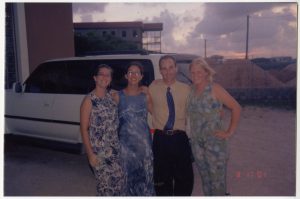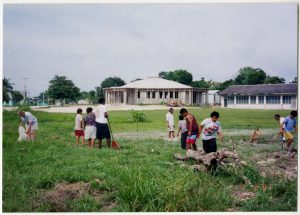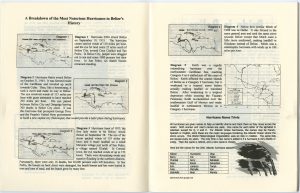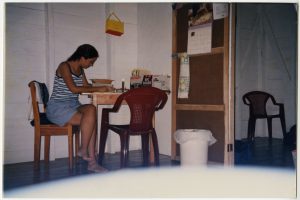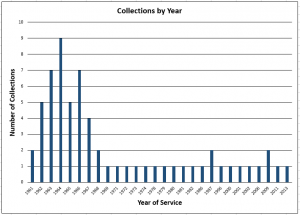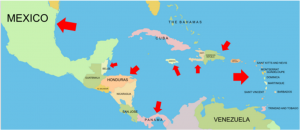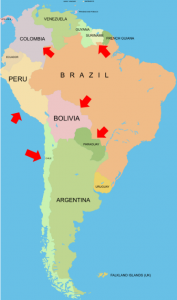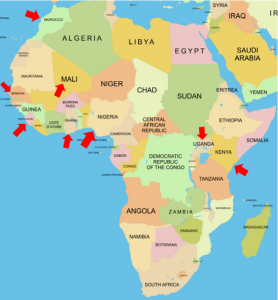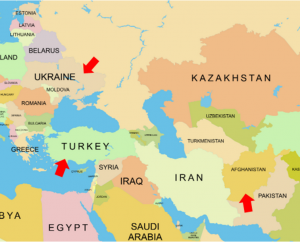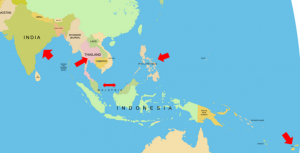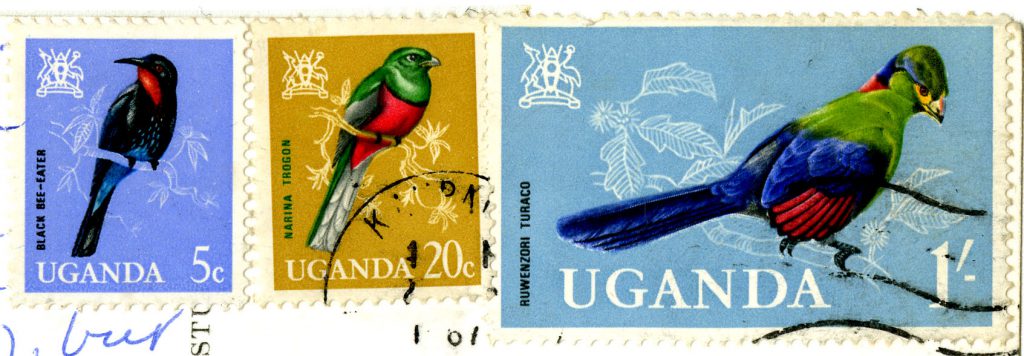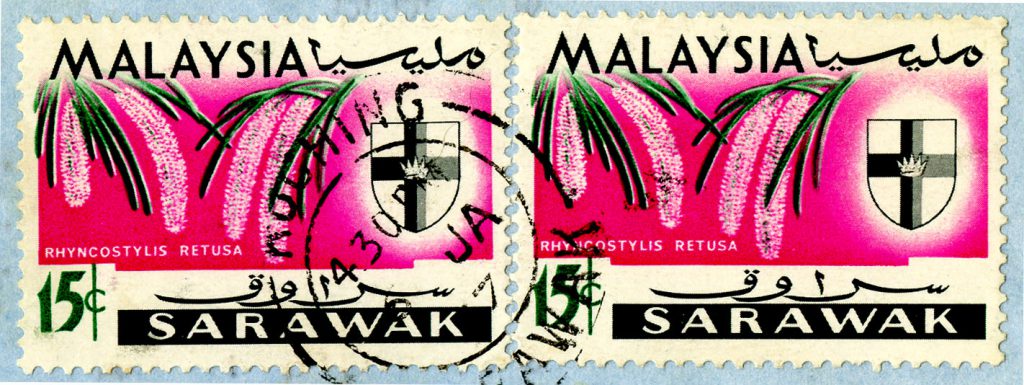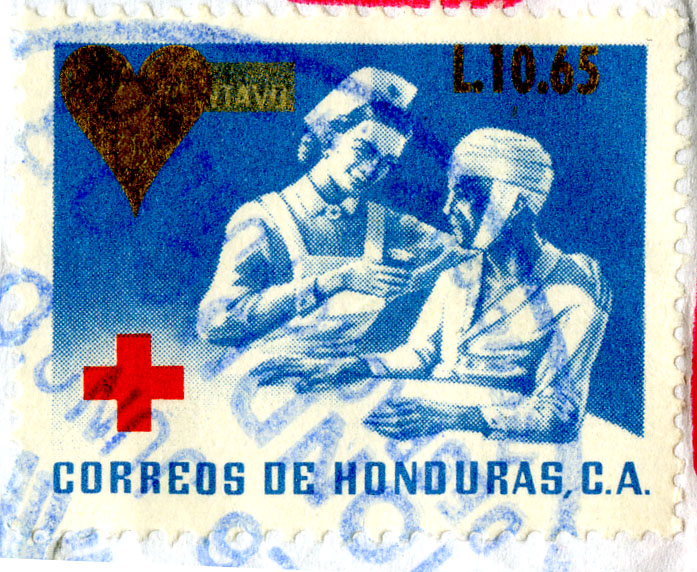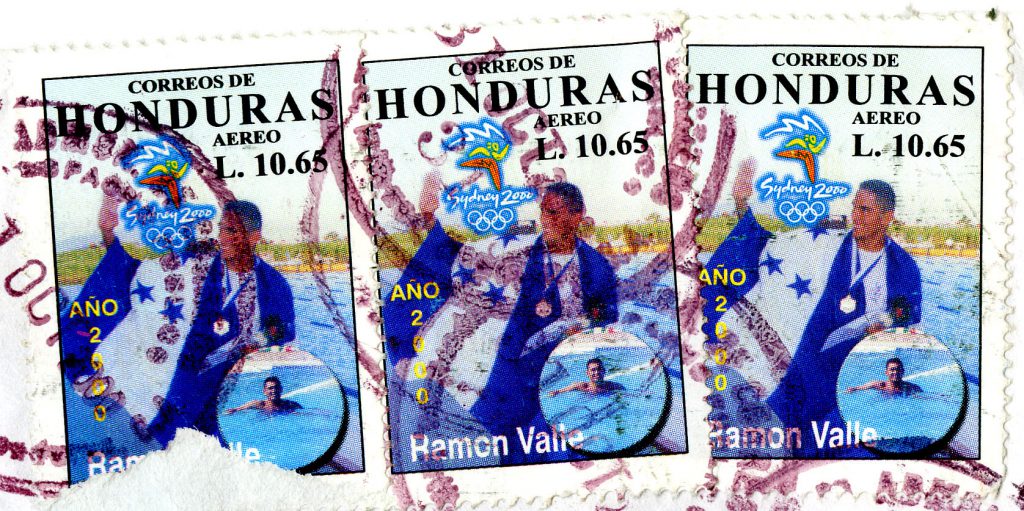Peace Corps Volunteers are trained and sent abroad in groups. They often visit each other while in country and remain in contact for decades after their service. One such group is India 20A, which has hosted many reunions in the past fifty years and have a website that details their service.
India 20A trained in public health at the University of Wisconsin-Milwaukee. After three months, August to November, the original group of 65 was reduced to 37 and sent to India. They spent 1965-1967 serving the country.
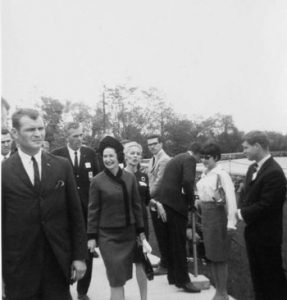
Mrs. Lady Bird Johnson walks past India 20A trainees standing in a presentation line. Visible are trainees Steve Sloane, Julie Revilla, and Phil Scholl.
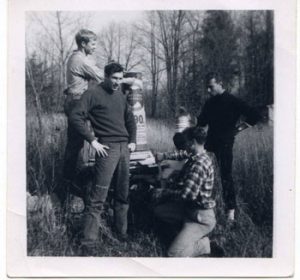
PCTs Normal Bell, David Johnson, Werner Hollstein, and Richard Smith starting work on an outhouse constructed as part of our two-week experience on the Stockbridge-Munsee Indian Reservation in Wisconsin. October 1965.
At the time, India was experiencing extensive health issues. The people were at the mercy of tuberculosis, malaria, cholera, smallpox, and plague, so the government asked for Peace Corps assistance.
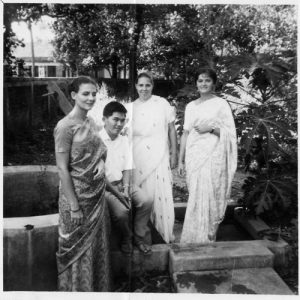
Cheyl Axtell, Gerry Hysashida, Penny Pendleton, and Marilyn Martiny at their site in Trichur, Kerala.
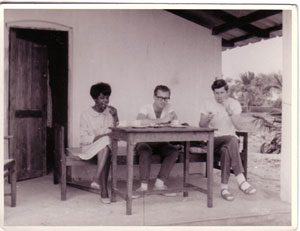
Essie Jackson, Richard Smith, Dave Johnson at home in Puthenthope, Kerala. Newly arrived in December 1965.
Once in India, volunteers worked with the Public Health Center “to extend its preventative and promotional health work into the villages.” They had 3 goals:
- To instill in the minds of the villagers by action and word a desire to lead more healthy lives.
- To activate key community organizations (the school, the village council) to take up health programs.
- To give active leadership to village efforts to improve health education, school health, diet, maternal and child health services, control of communicable diseases, production of nutritious foods, and environmental sanitation.
Their “priority was on provision of safe water supply, healthy housing, and sanitary disposal of human excreta.”
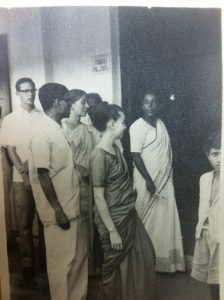
Dick, Diane, Karen at the Erumpathy, Kerala Public Health Center
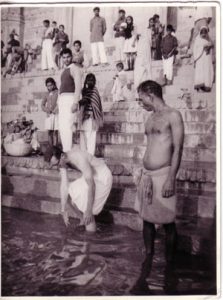
Richard Smith bathing in the Ganges River at dawn 1967.
While in India, volunteers not only helped promote better health, they also experienced Indian culture in many different ways.
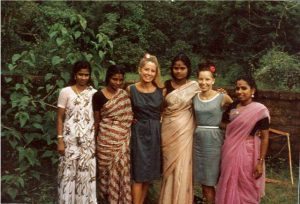
Diane Dickerson, Karen Thornbury with their friends Lily, DeVagi, Padma, and Nalini.

Caravan
Throughout the years, the group has kept in contact through reunions and return trips to India.
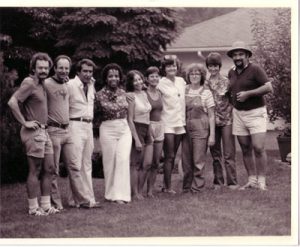
Rochester, New York – 1988.
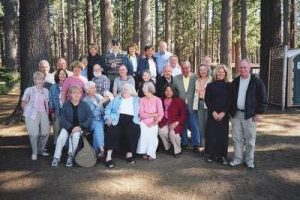
Lake Tahoe – 2003.
To find out more information about the group India 20A, check out their website here: www.india20a.org which details their training process, how they corresponded with family and friends, their experiences in India, and many more photos of their service.
A video of volunteer Phil Scholl’s experience can be found here: Peace Corps Group “India 20A” in India 1965-1967, it details his travels through India, various village markets, the domestic life of villagers, and a large festival.
—-
Other volunteer groups have created group websites as well, such as the Friends of Brazil. Their website chronicles the history of volunteer groups that served in Brazil. It shows the different states people served in, where people trained, who served, and where they served. The website is a comprehensive look at the Brazil Peace Corps program during its existence from 1962-1980.
Find the website here: Peace Corps Brazil
*All pictures and information are courtesy of the India 20A website.











